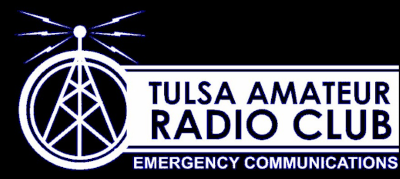Info from our friends @ https://www.onallbands.com
Getting started with FT8
- An HF transceiver with data or SSB capability
- An audio interface, a way to get receive audio from the radio into a computer and audio output of the computer into the radio, typically a sound card interface
- A computer capable of running the FT8 software and time synchronization (This can also be a Raspberry pi!)
- FT8 software
Radios
Although you can operate FT8 with older transceivers, the best experience will come by using a transceiver capable of both computer control and dedicated data mode. Fortunately, most modern radios have both of these. The extra feature that many of today’s radios have is a built-in sound card, eliminating the need for the extra sound card interface. Many reasonably priced popular radios have this feature, including the ICOM 7300 (ICO-IC-7300), Yaesu Ft-991A (YSU-FT-991A) and Kenwood TS-590SG (KWD-TS-590SG). If you are looking for a mobile/base radio, the ICOM IC-7100 HF/VHF/UHF (ICO-IC-7100) also has these features at a bargain price.
We highly suggest getting a radio capable of HF/VHF/UHF so that you can play around, but at minimum the best bang is HF!
Audio Interface
If your current radio does not have a built-in sound card interface, there are a few easy to use commercial devices available. The Tigertronics SignalLink™ USB Interface Unit is very popular. DX Engineering can provide you a SignalLink™ unit with a prebuilt cable to match most existing radios. Just choose one of the 16 part numbers for the combo designed for your radio, attach the interface cable to your radio, and connect a single USB cable to your computer. You are then ready to go not only for FT8 but also PSK31, JT65, JT9, FSK441, MSK144, WSPR, RTTY, SSTV, CW, Olivia, EchoLink Node and many more with appropriate software[1].
Another option is the MFJ 1204 Series USB Digital Mode Interfaces. Again, choose one of five part numbers for interface and cable combos from DX Engineering to match your rig, connect to the radio, connect a single USB cable to your computer, and you are ready to go.
Again do some homework and ask around. Many new radios simply use the USB direct to your computer!
